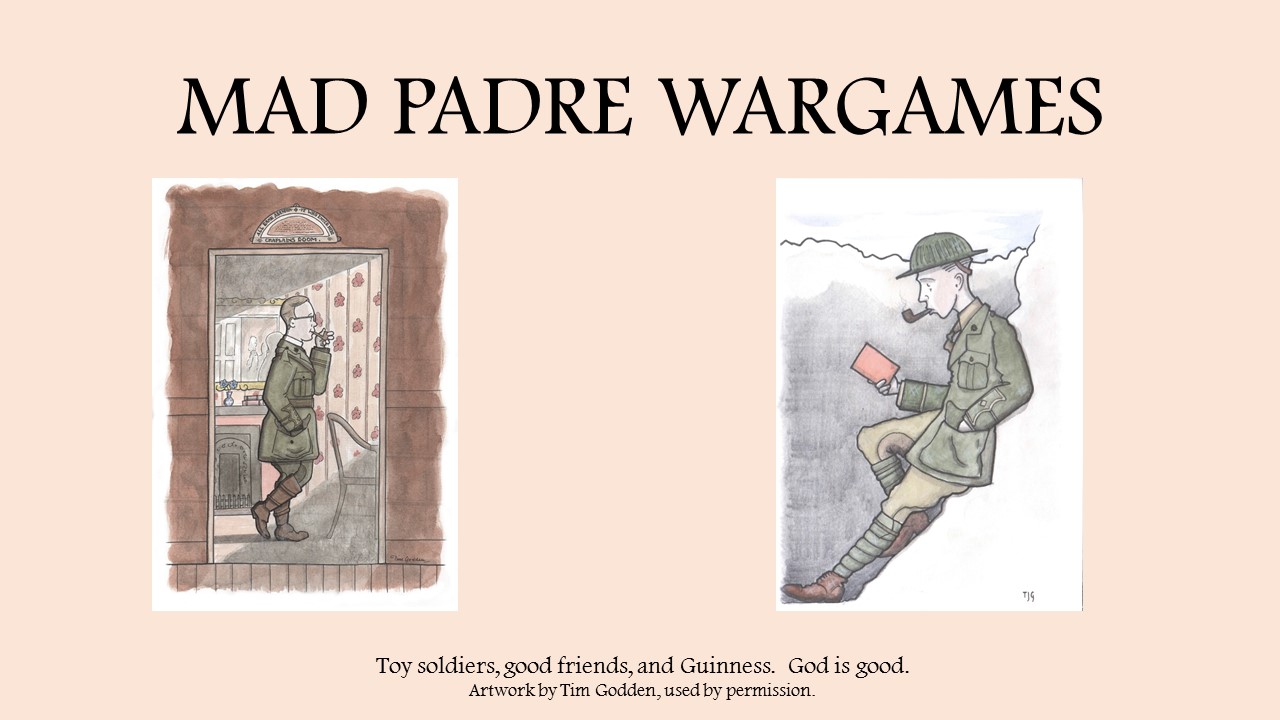Lately my modelling and hobby work has focused on cranking out 1/2400 scale ships for the Great War naval campaign that I'm running. I'd love to say more about it, but it's all hush hush. I look forward to telling the story when it's all over.
This blog post shows off the work I've done lately (a mix of Tumbling Dice and GHQ models) and is intended as a player aid to help recognize ships when I send digital photos of what the players might be seeing from their bridges. I won't identify the ships, I'll just show them photos of what they see. So in lieu of Jane's Fighting Ships, here is Mike's Fighting Ships.
German battle cruiser, Moltke class. Ships in class: Moltke, Goeben. 10 28cm (11"), 12 15cm (5.9") guns, speed 25.5 knots.
German armoured cruiser, Scharnhorst class. Ships in class: Scharnhorst, Gneisnau. 8 21cm (8.3"), 6 15cm (5.9") guns, speed 22.5 knots.
German light cruiser, Magdeburg class. Ships in class: Magdeburg, Breslau, Strassburg, Stalsund. 12 10.5 cm (4.1") guns, top speed 27.5 knots.
German light cruiser, Dresden class. Ships in class: Dresden, Emden. 10 10.5cm (4.1") guns, top speed 25 knots.
German light cruiser, Koenigsberg class. Ships in class: Koenigsberg, Stettin, Stuttgart, Nurnberg. Ten 10.5cm (4.1") guns, top speed 24.1 knots:



















.jpg)















